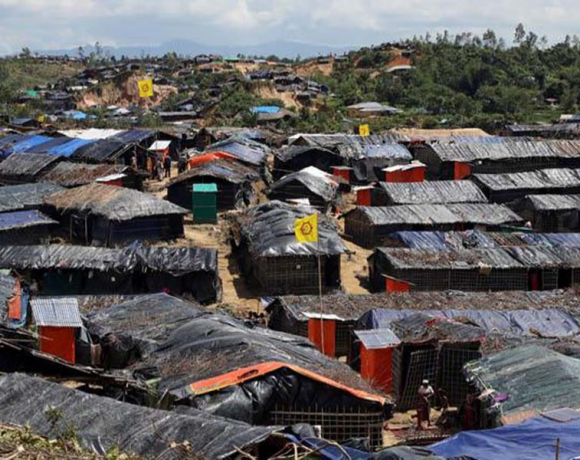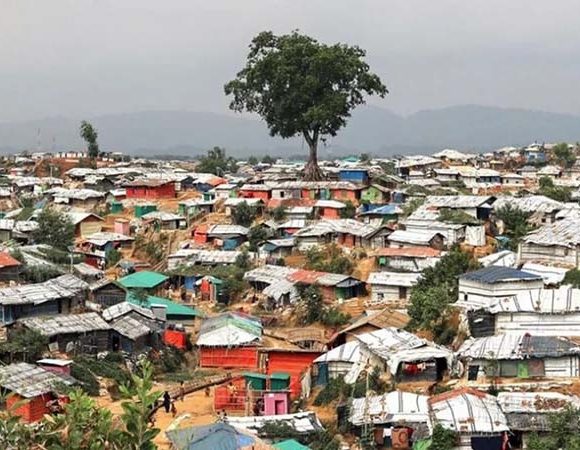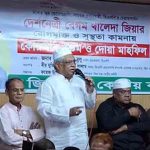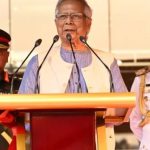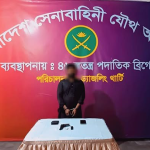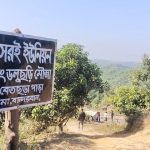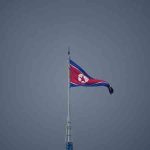Insights into the CHT Peace Accord After 25 Years
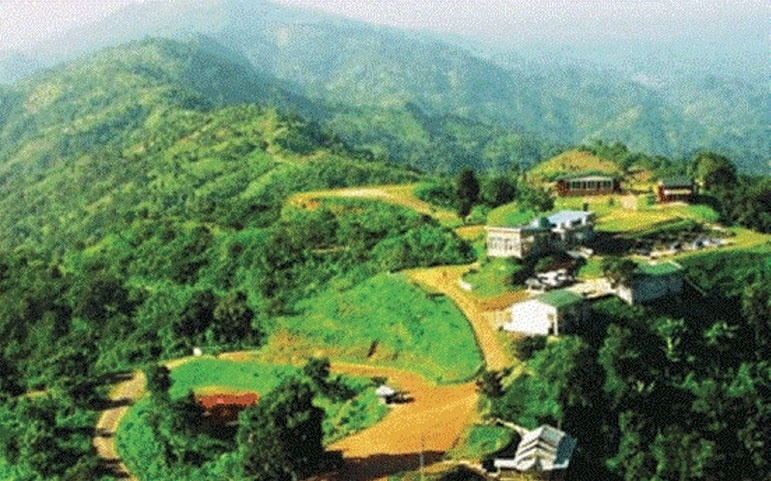
PARBATTA NEWS DESK
The Greater Chittagong Hill Tracts consist of the districts of Khagrachari, Rangamati, and Bandarban. There are small ethnic groups and Bengalis living here. The region has been plagued by trouble and insecurity for a long time due to armed and bloody conflict. After the formation of the government in 1996, Prime Minister Sheikh Hasina took the initiative to end the conflict permanently. She formed the National Committee on the Chittagong Hill Tracts with Abul Hasanat Abdullah, MP, as convenor. This committee held a series of bilateral meetings with Parbatta Chattagram Jana Samhati Samiti, or PCJSS, and it became possible to reach an agreement. The ‘Chittagong Hill Tract Agreement’ was signed on December 2, 1997, between the National Committee and the PCJSS. This agreement is known as the ‘Chittagong Hill Tract Peace Agreement’.
On July 15, 1998, the Ministry of Chittagong Hill Tracts Affairs was formed to implement the peace agreement properly. Three district councils were strengthened by amending the existing laws. The Chittagong Hill Tracts Regional Council and the Task Force on Repatriation and Rehabilitation of India-Returnee Refugees were also formed. Refugees who took refuge in the neighboring country were brought back and resettled with the necessary facilities. As various departments/matters of various government ministries have been entrusted to the district councils, the scope of work of the three hill district councils has increased to a great extent. The Chittagong Hill Regional Council oversees the three hill districts’ development activities and administrative affairs.
Its implementation process started in 1998 with the formation of the Ministry of Chittagong Hill Tracts Affairs and the Chittagong Hill Tracts Regional Council. There are four clauses in the agreement. Among them, ‘A’ has 4 sections on general matters, ‘B’ has 35 on the Hill District Local Government Council, ‘C’ has 14 on the Chittagong Hill Regional Council, and ‘D’ has 19 on rehabilitation, amnesty and other matters. There are a total of 72 sections in four clauses. An inter-ministerial committee has been constituted to assess the progress of the implementation of 72 sections as described in 4 clauses of the agreement on the agreement’s 25th anniversary. The committee includes ten members from the Ministry of Foreign Affairs, the Ministry of Law, the Ministry of Land, the Ministry of Agriculture, and the Secondary and Higher Education Department.
The committee met several times. Evaluation and update activities are ongoing. The Ministry of Chittagong Hill Tracts has been playing an important role in fully implementing the Chittagong Hill Tracts Peace Agreement. Out of 33 office-organizations-departments under Hill District Council, 30 have been transferred to Rangamati Hill District Council, 30 to Khagrachari Hill District Council, and 28 to Bandarban Hill District Council. Proceedings are underway to transfer the remaining sections. The Land Dispute Settlement Commission has been constituted.
Twelve thousand two hundred twenty-three tribal refugee families who returned from India have been resettled. A general amnesty was announced, and 725 Shanti Bahini members were rehabilitated in Bangladesh Police. Moreover, there is a three-member Agreement Implementation Committee to speed up the implementation of the Chittagong Hill Tracts Agreement from the beginning. A three-member Agreement Implementation Committee was reconstituted on January 18, 2018, with Member of Parliament Abul Hasanat Abdullah (Minister Rank) as its convenor.
The Land Commission Act, the Land Commission, and later amendments to the Land Commission Act were passed to resolve the long-standing land problem. The multi-faceted development program of the backward Chittagong Hill Tracts started with the formation of the task force on the identification and rehabilitation of internally displaced persons. Currently, this trend of development has become more dynamic and stronger.
Through the Ministry of Chittagong Hill Tracts Affairs, about 80 thousand metric tons of grains as TR/GR and about Tk 8 crore as TR (cash) are annually allocated for the Friendship and Development Project Program, the Cluster Village Program for Non-Tribal Families, the Rehabilitation Programs of Jana Samhati Samiti and the Tribal Refugee Resettlement Program, and a Special Program in the three hill districts. Through the same ministry, 569 projects are underway in the development sector in the fiscal year 2022–23 at the cost of Tk 280 crore. The three Hill District Councils and Development Board jointly construct and renovate paved roads, brick roads, dirt roads, bridges, culverts, educational institutions, religious institutions, scenic tourist spots, etc., for communication and development in the hilly areas. Electricity is being provided by installing solar panels in the remote areas of the Chittagong Hill Tracts. From 2009 to October 31, 2022, 33,840 home solar panels and 2,814 community solar panels were distributed.
In the Chittagong Hill Tracts, communication systems have been developed extensively, including the implementation of border roads, roads, bridges, culverts, and drainage systems everywhere in inaccessible hills. From the hills to the plains, the light of electricity is illuminated everywhere. The hilly people of remote areas get electricity from house to house through solar panels. The solar-powered safe water supply center built in Jurachhari Upazila of Rangamati has ensured safe water for the people of the hilly areas. On November 7, 2022, the Prime Minister officially inaugurated 100 bridges across the country. Among them are 42 bridges in the Khagrachari hill district and one in Bandarban. A spectacular bridge has been built over the Changi River at Naniarchar in Rangamati, which deeply attracts tourists. Bridges play a major role in the development of the region.
The full implementation of the Chittagong Hill Tracts Peace Agreement is ongoing. The artistic and aesthetic ‘Sheikh Hasina Chittagong Hill Tracts Complex’ has been constructed on Bailey Road as an address for hill dwellers in the capital, Dhaka. Through that, the connection of the people of the hills with those of the plains will be strengthened, along with the development and preservation of the language, culture, traditions, etc., of various small ethnic groups.
After the implementation of the peace agreement, there has been a new momentum in development activities in the region. New roads have been constructed to improve the communication system in the region. For the development of the hill dwellers, new health centers, various government, semi-government, and private institutions, small and cottage industries, etc. have been established. Rangamati Medical College and Hospital, Rangamati University of Science and Technology, were established. Initiatives have been taken to resolve land disputes. The government has formulated the Chittagong Hill Tracts Development Board Act 2014 to make the activities of the Chittagong Hill Tracts Development Board more dynamic and integrated. Electricity is being provided by installing solar panels in the hilly areas where electricity is unavailable. Apart from this, extensive development is accelerating in various sectors. On the one hand, the employment of people is increasing; on the other hand, the standard of living is improving. Through the implementation of the peace agreement, the hill tracts have become a unique example of communal harmony and mutual tolerance.

